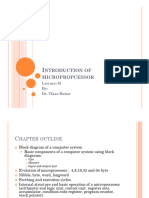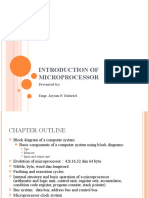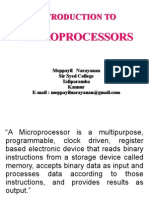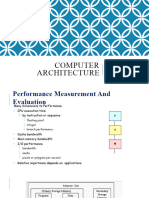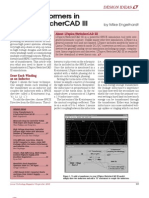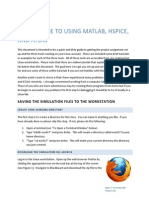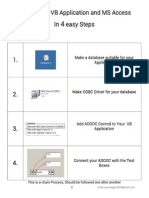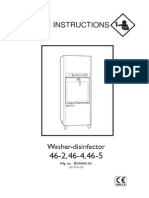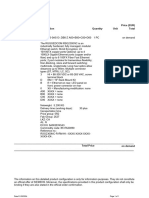0% found this document useful (0 votes)
13 views42 pagesUint 1 Microprocessor
The document provides an overview of computer systems, detailing the basic components including the CPU, memory, and I/O units. It discusses the evolution of microprocessors, data sizes, fetching and execution cycles, and the internal structure of microprocessors like the 8085 and 8086. Additionally, it covers the bus system, control signals, and specific functionalities of various components within a microprocessor.
Uploaded by
muzra923Copyright
© © All Rights Reserved
We take content rights seriously. If you suspect this is your content, claim it here.
Available Formats
Download as PDF, TXT or read online on Scribd
0% found this document useful (0 votes)
13 views42 pagesUint 1 Microprocessor
The document provides an overview of computer systems, detailing the basic components including the CPU, memory, and I/O units. It discusses the evolution of microprocessors, data sizes, fetching and execution cycles, and the internal structure of microprocessors like the 8085 and 8086. Additionally, it covers the bus system, control signals, and specific functionalities of various components within a microprocessor.
Uploaded by
muzra923Copyright
© © All Rights Reserved
We take content rights seriously. If you suspect this is your content, claim it here.
Available Formats
Download as PDF, TXT or read online on Scribd
/ 42









